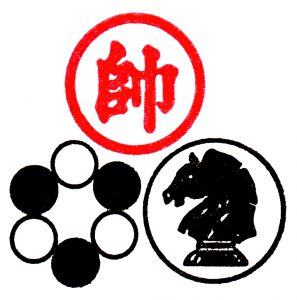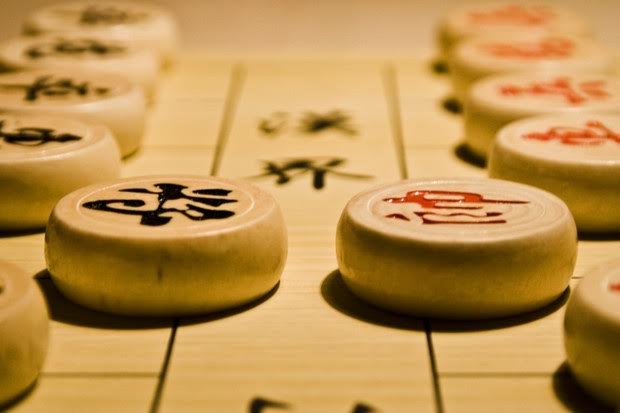
Xiangqi (Chinese chess 中國象棋) has moves similar to western-style chess (國際象棋). The chessmen of xiangqi are written in Chinese characters whereas those of the western-style chess are carved as figures.
Xiangqi is a game for all ages. It is played widely in Asian countries especially in China, where people play the game in public places, like parks or sidewalks, in much the same way Filipinos play “dama” (checkers).
In 1933, China Seven Provinces Chess Master Zhou Deyu (中國七省棋王,周德裕) was invited to the Philippines by Huang Pingyang (黄平洋) of Cebu City. There were friendship matches. Zhou even taught some chess techniques to chess players in the audience. The chess enthusiasts were highly inspired by his visit.
In 1937, Chess Master Xie Xiaxun (謝俠遜總司令), known as the “hundred-year-old chess master” (百歲棋王), passed by the Philippines while on a trip to the Malaysian states. He performed simultaneous blindfolded match exhibition against several chess players.
People have never seen such an amazing exhibition. His performance attracted a huge audience. It was an incredible feat – that he could remember the moves of several matches in his head at the same time. He encouraged chess lovers to study xiangqi books so as to improve their skills.
On his 100th birthday, many chess players including Grandmaster Hu Ronghua (胡榮華特級大師) went to his hometown in Zhejiang province, Wenzhou Pingyang town (浙江省溫州平陽縣) to celebrate his birthday.
It was through the influence of these two visitors from China that xiangqi players in the Philippines began to gain more interest in this game.
